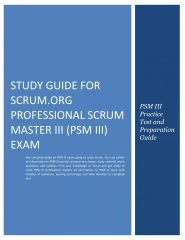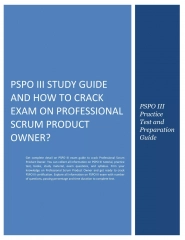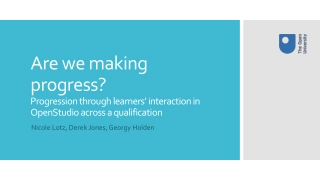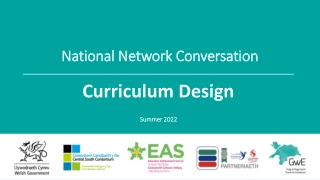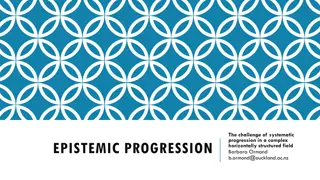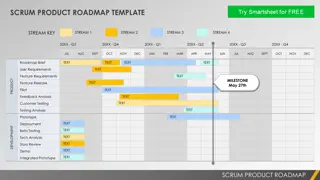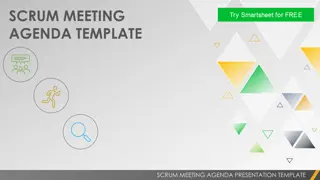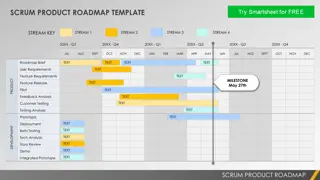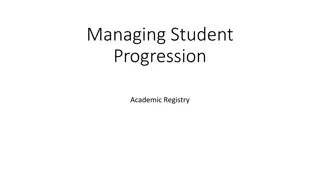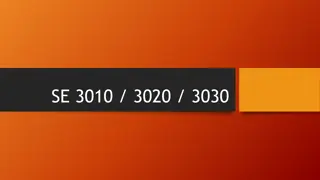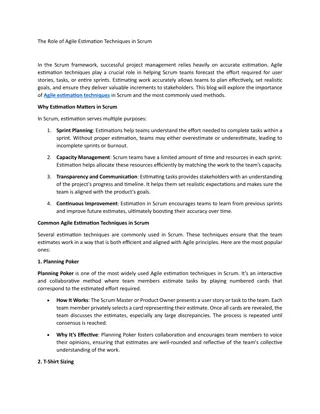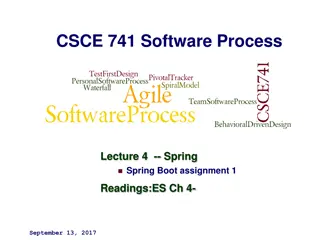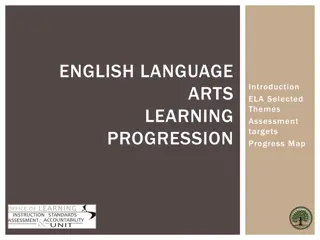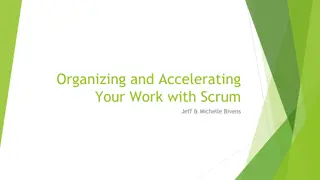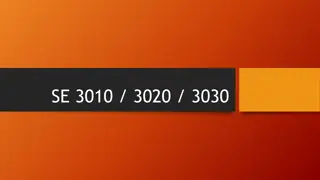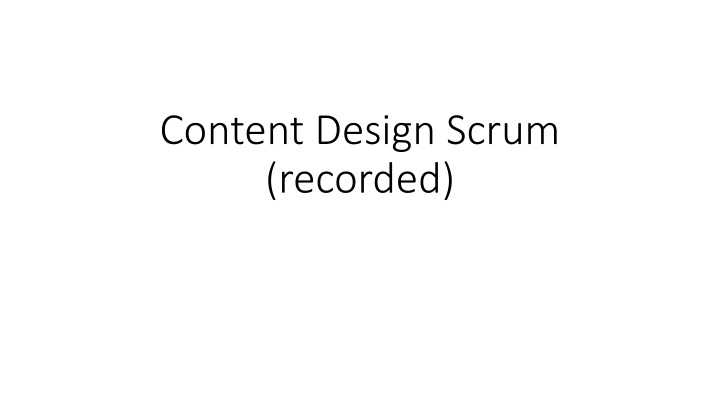
Unlocking the Power of Great Content Design for Enhanced User Experiences
Dive into the world of content design scrum, where the focus is on making key messages, statistics, and information easily understandable through effective design. Discover the importance of content design, potential improvements, and existing strengths in publications. Explore real-life examples showcasing the impact of great content design. Journey through the phases of the project, from solid proof of concept to sharing successes and updates for continued improvement. Join the movement and volunteer for the next phase to contribute to creating user-centric, visually appealing content.
Download Presentation

Please find below an Image/Link to download the presentation.
The content on the website is provided AS IS for your information and personal use only. It may not be sold, licensed, or shared on other websites without obtaining consent from the author. If you encounter any issues during the download, it is possible that the publisher has removed the file from their server.
You are allowed to download the files provided on this website for personal or commercial use, subject to the condition that they are used lawfully. All files are the property of their respective owners.
The content on the website is provided AS IS for your information and personal use only. It may not be sold, licensed, or shared on other websites without obtaining consent from the author.
E N D
Presentation Transcript
Content Design Scrum (recorded)
Aims *For users to easily understand key messages, statistics and information through great content design. *Deep dive on 1 publication *identify potential improvements *identify present strengths *Introduce the content design checker
Why? Why not? We can see if we can make good even better ! And keep continually evolving There is real added value to the user to great content design Examples with different content are: EES: Children accommodated in secure children homes. A Gov.uk example: Work health statistics BBC as a user of publications on the importance of content design Video meeting with Robert Cuffe BBC
Where are we now? Phase 2 Phase 1 (Dec-March) solid proof of concept adding real value insights gained were things they simply wouldn t have thought of without these fresh pair of eyes and rather than just the odd tiny revision, teams are often re-shaping publications following these sessions and are keen to help promote to others. Volunteers from Phase 1 have continued to Phase 2 fantastic! Phase 2 has 2 new elements i) trial the scrums beyond DISD ii) build material to support wider reach/embedding in phase 3 (case study and videos). Wider exposure/embedding is important as we ve learned content design is not a science but a art form requiring practicing/modelling. The EES self assessment checks now include content design. Raising greater awareness of Web Analytics. Scrums will continue to aid EES and Gov.uk development. Starting to prepare for Phase 3 (Sep-end Nov) continue to volunteer? Opportunities to volunteer/scrum publications
Sharing successes Scrums beyond DISD have been a real success (key objective for phase 2) feedback has been fantastic . Thanks to all . Google starting to pick up headlines from our statistics as preview. DISD pre scrum chat already aware of checker and thought over. Really positive that DISD are much more aware and embedding 1stpublication that has published since scrum (plus Helen s team) Great pick up in the media lifting text (and chart) and reporting directly from the narrative. Neil M and David spoke at the awayday about how this is fantastic to see, and means the right messages get more easily picked up, that there is less likelihood of information being misreported, ignored or misunderstood so figures reported remain unbiased, impartial statistics. Enjoyable and valuable
Updates Specific updates involving EES platform: Colour palette the EES palette (based on GDS, and accessibility regulations) is available in the guidance for those making charts outside of EES. We are meeting with ONS to discuss best practice around colour in presentation and develop smaller palettes for colours to mix together. We continue to welcome comments on colours. There was a query over clarity of variable names. Just to mention that we are keen that variable names are as user friendly as is practical, this is already in the checker. There was comment about sub headings within table listings there will be an update on this at the next scrum. The new EES checklist will be located as it s own tab on the EES release pages. There is current work to include Gov.UK analytics in the EES analytics area. Table downloads (CLA :work and health tables) Overtime, with work already in train, there will be more harmonisation on file and variable naming, but the checker helps highlight immediate improvements (eg length/repetition etc). ONS launch of User Engagement Strategy (Collaboration, Capability, Culture). New user engagement section as part of EES guidance ..Starting to collect user engagement case studies please get in touch .
The Scrum Progression to Higher Education or Training (https://explore-education- statistics.service.gov.uk/find-statistics/progression-to-higher-education-or-training) ONS and DfE style guide checker section not covered by scrums. Voice your opinion the publication team want your input! Publication team have specific areas they especially would like feedback on:- How clear the measure is? And how? Storytelling? Can any improvements be made to visual elements? Any thoughts around the title? View with fresh eyes, as if you are someone who is unfamiliar with the area, the department or statistics releases and is reading the publication for the first time.
The Scrum Use Content Design Logbook [designed for teams]. https://explore-education-statistics.service.gov.uk/find- statistics/progression-to-higher-education-or-training 3 groups (1 hour) feedback use checklist, first impressions and areas team have highlighted would especially value feedback on. YOU can comment on wider issues, especially if finish early. Pick someone to write feedback and someone to verbally feedback - Group 1 (section 1 & 2) - Group 2 (section 3) - Group 3 (section 4, 5 and 6) - strengths and improvements Then break (10 mins) ahead returning to feedback. ***Emoji in chat as time reminder***
Feedback Feedback (*sheets to Dan) Publication Lead (final comments/thoughts) Feedback on scrum/content design logbook CSSU materials, checklist and guidance - see L&D page Next scrum next week only 2 left volunteer again?) - next week. Thanks *****END*****



